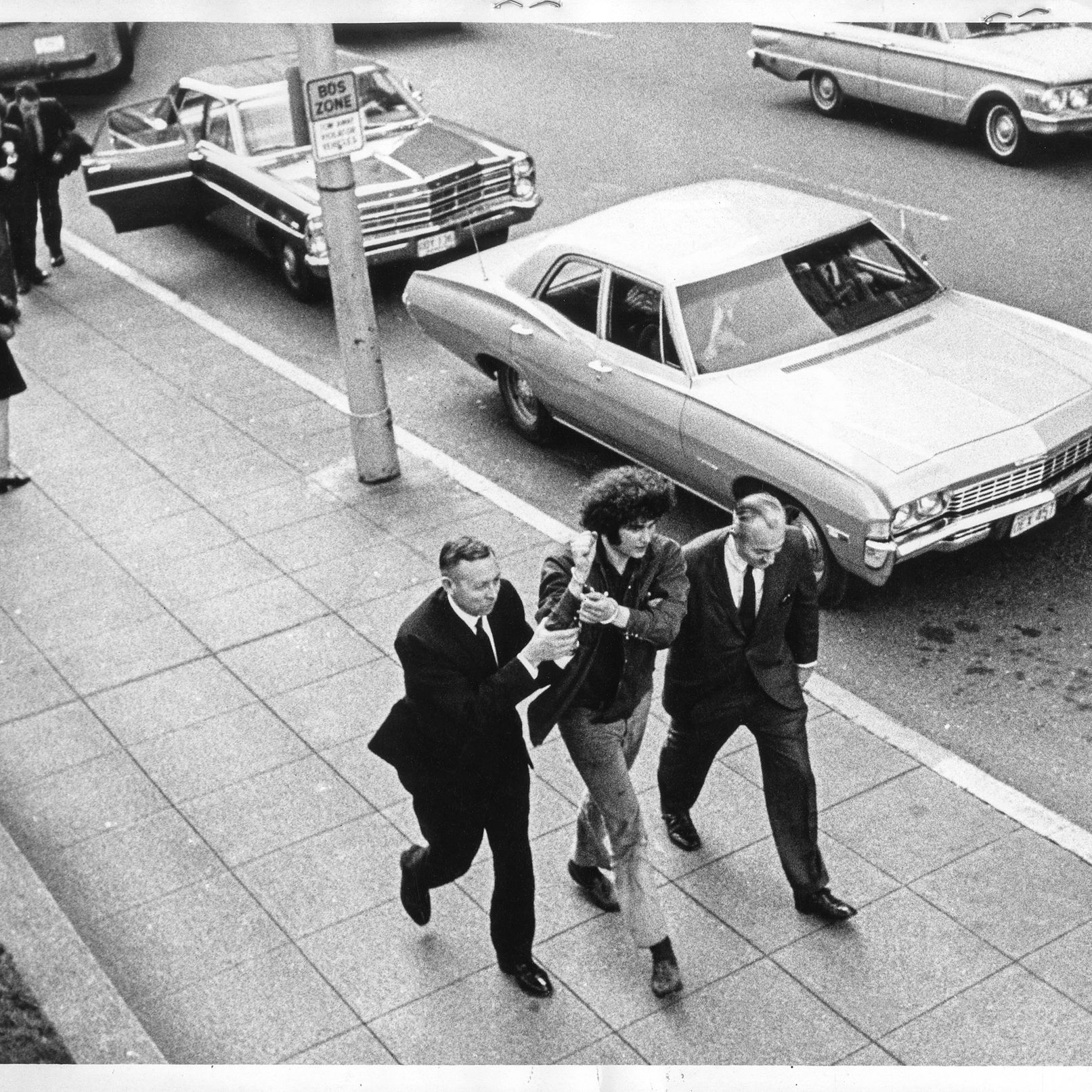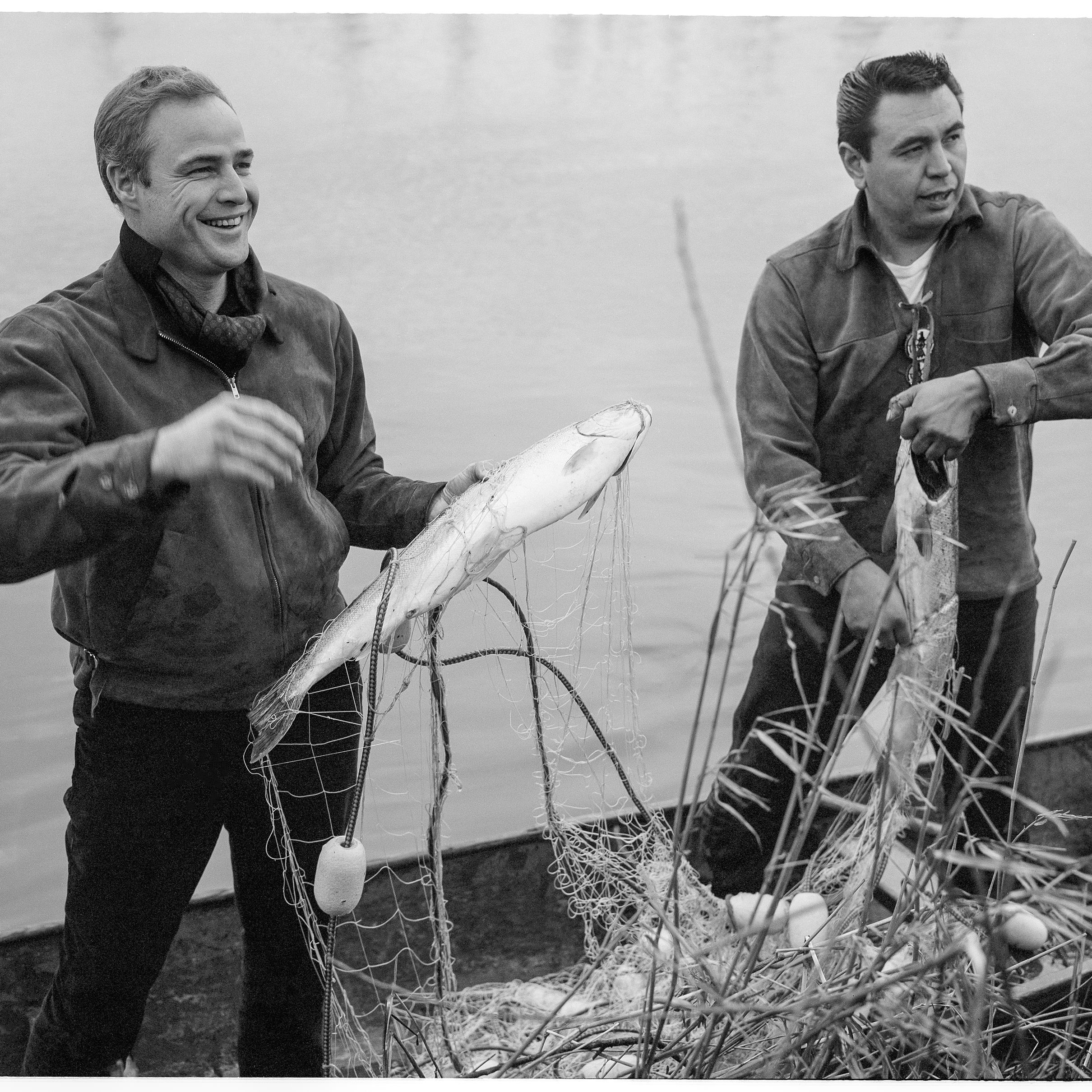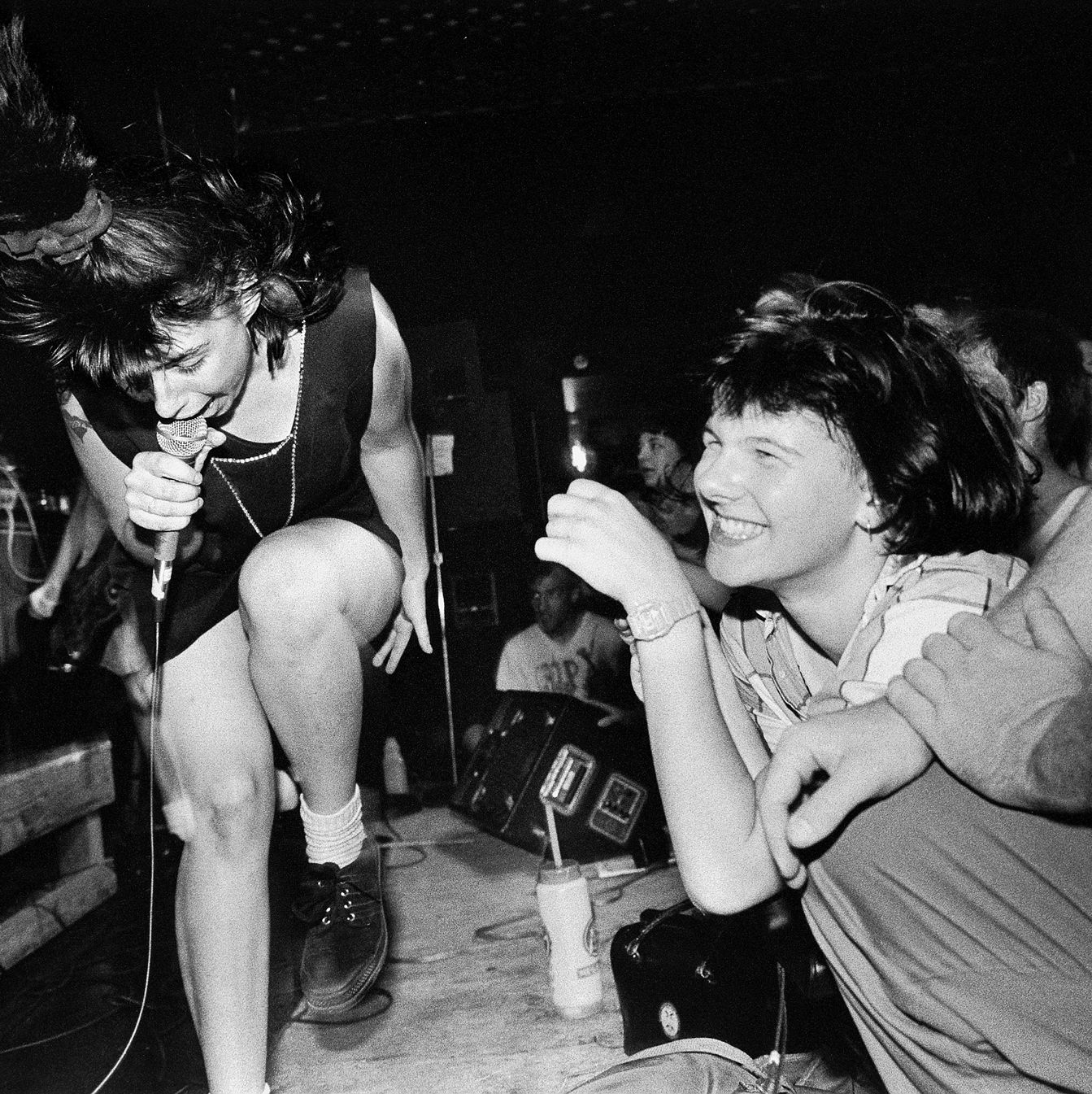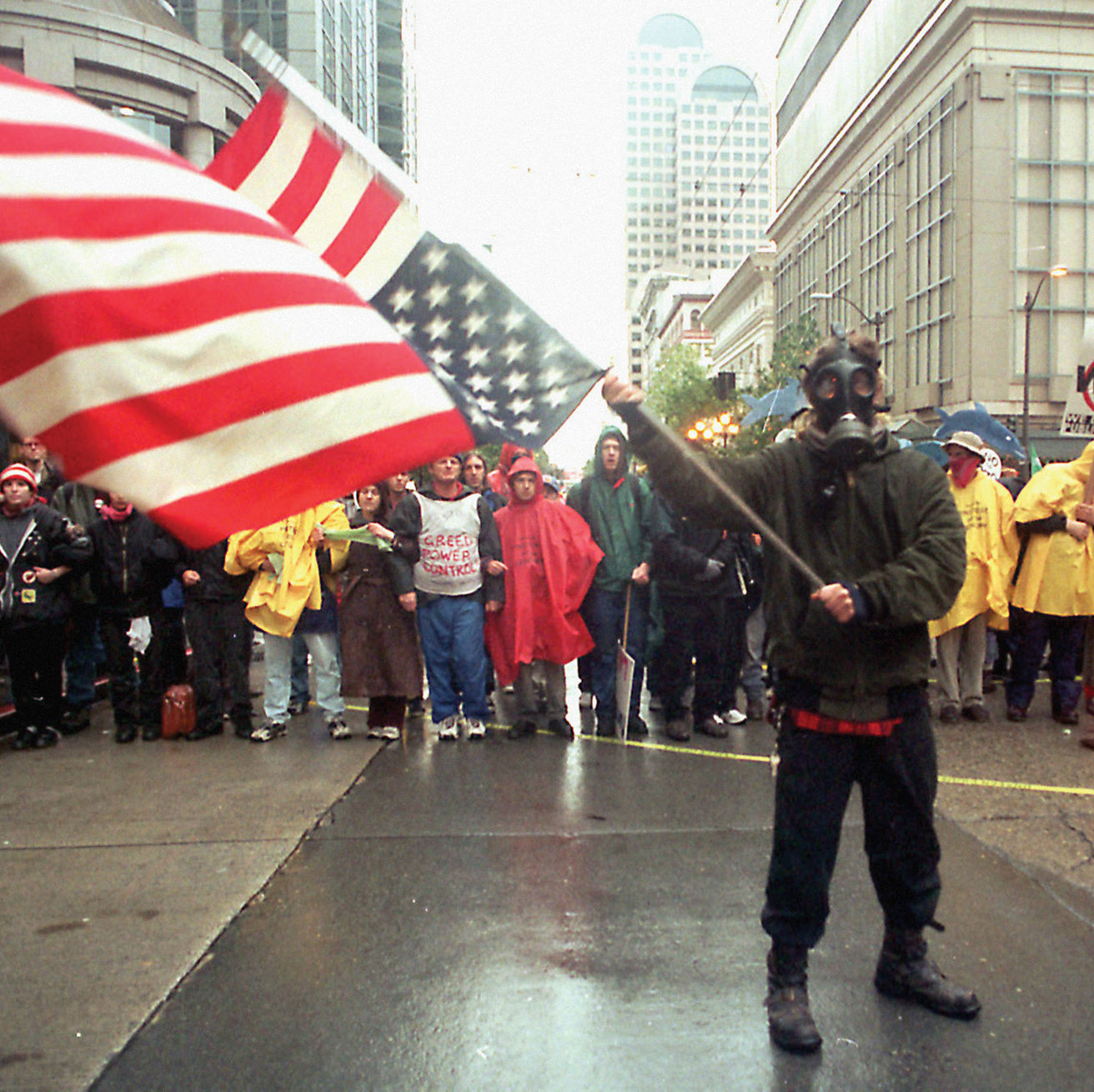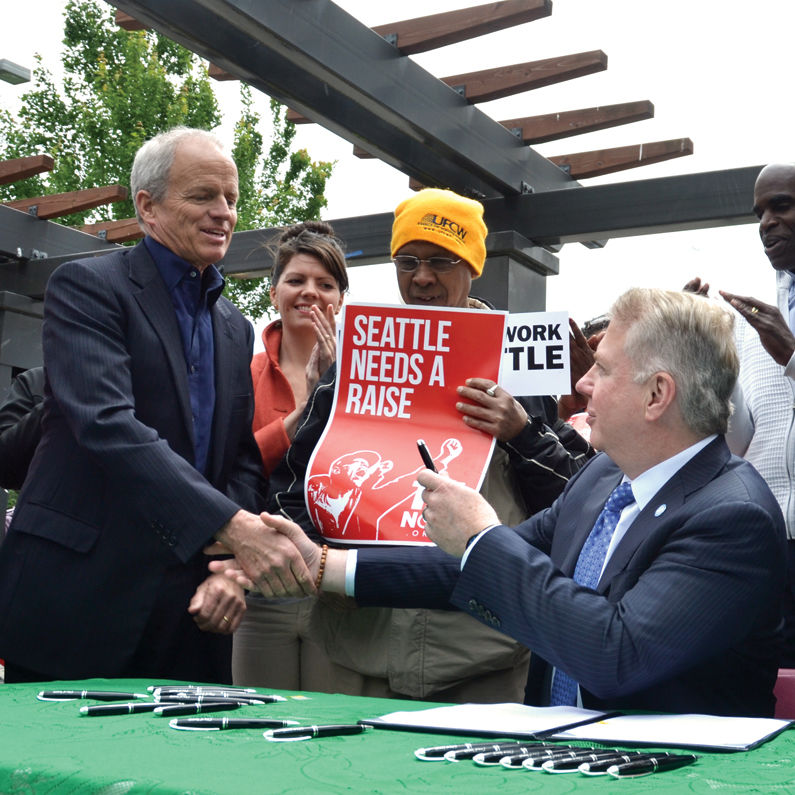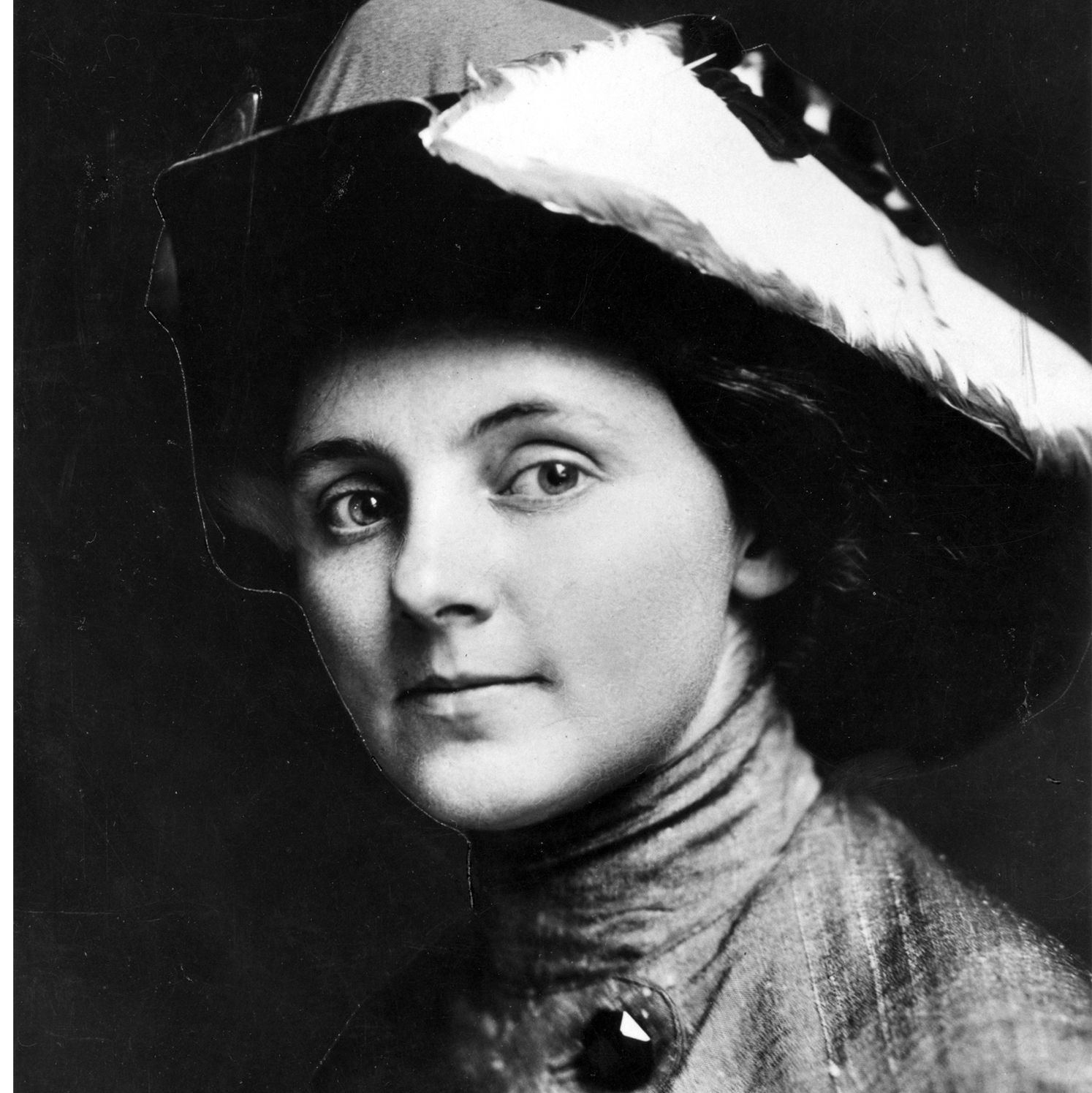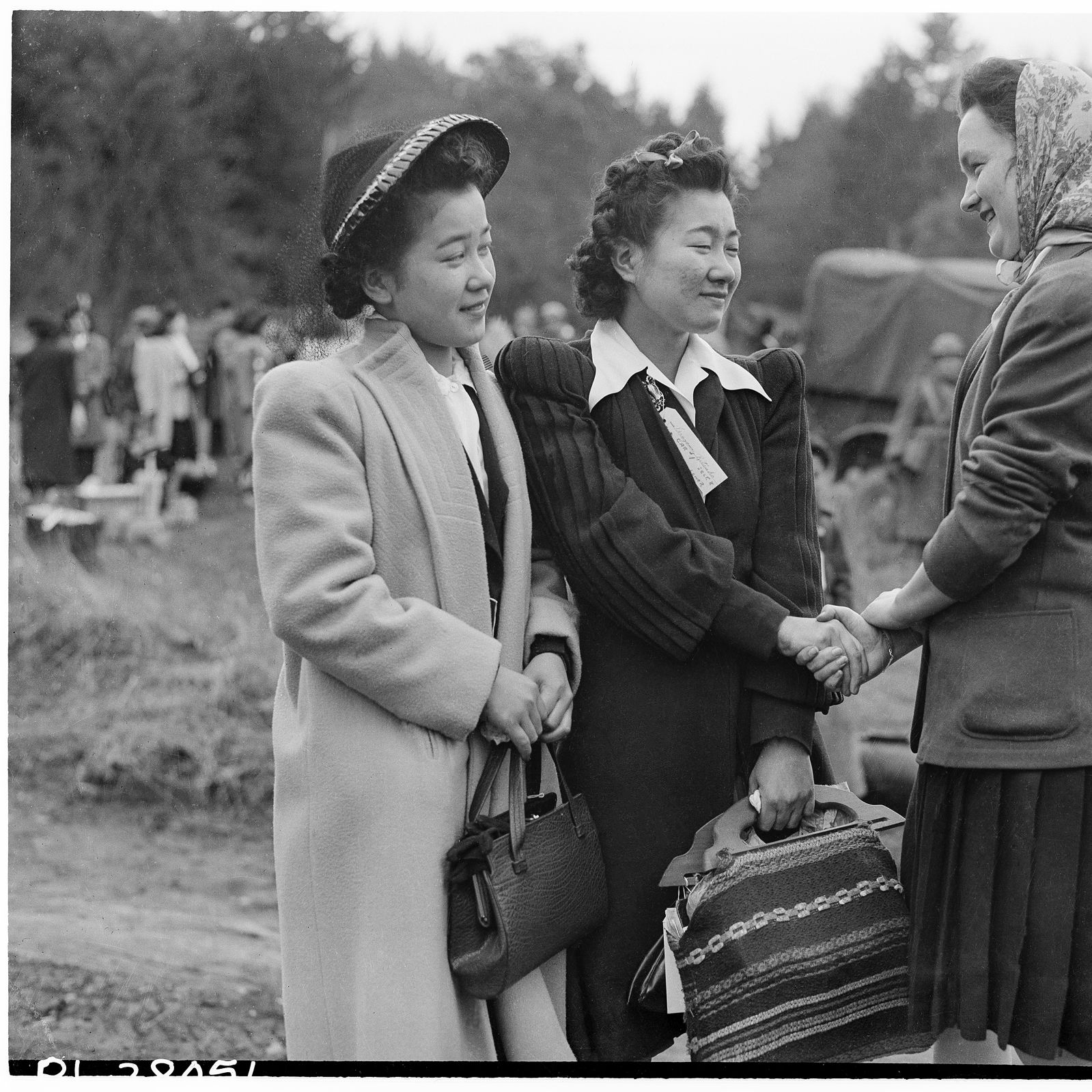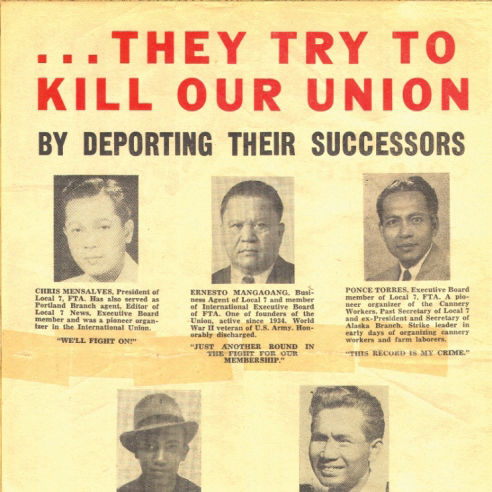1982–84: The Trident Nuclear Submarine; Grassroots HIV Care
1982: Protesting the Trident nuclear submarine
On August 12, 1982, the first Trident nuclear submarine, the USS Ohio, arrived at the new base at Bangor, 20 miles away from downtown Seattle. Trident put the city within the strike zone for a potential preemptive nuclear attack—and local activists on the world stage as they made the base the focus of years of civil disobedience. Four decades after it was established, the nuclear base at Bangor is also a site of ongoing resistance to nuclear weapons, coordinated by the Ground Zero Center.
1983: Volunteers come to the AIDS and HIV rescue
Like every other major city in America in the 1980s, Seattle was impacted by the AIDS crisis. Ten people had been diagnosed by 1983 and four had died from the virus, with many more to come. But groups like the volunteer-staffed Gay Health Clinic were already mobilized to create health and social services. They worked within and outside the system to make Seattle one of the first cities to allocate funds for AIDS. Fighting a plague started at the grassroots, with love.
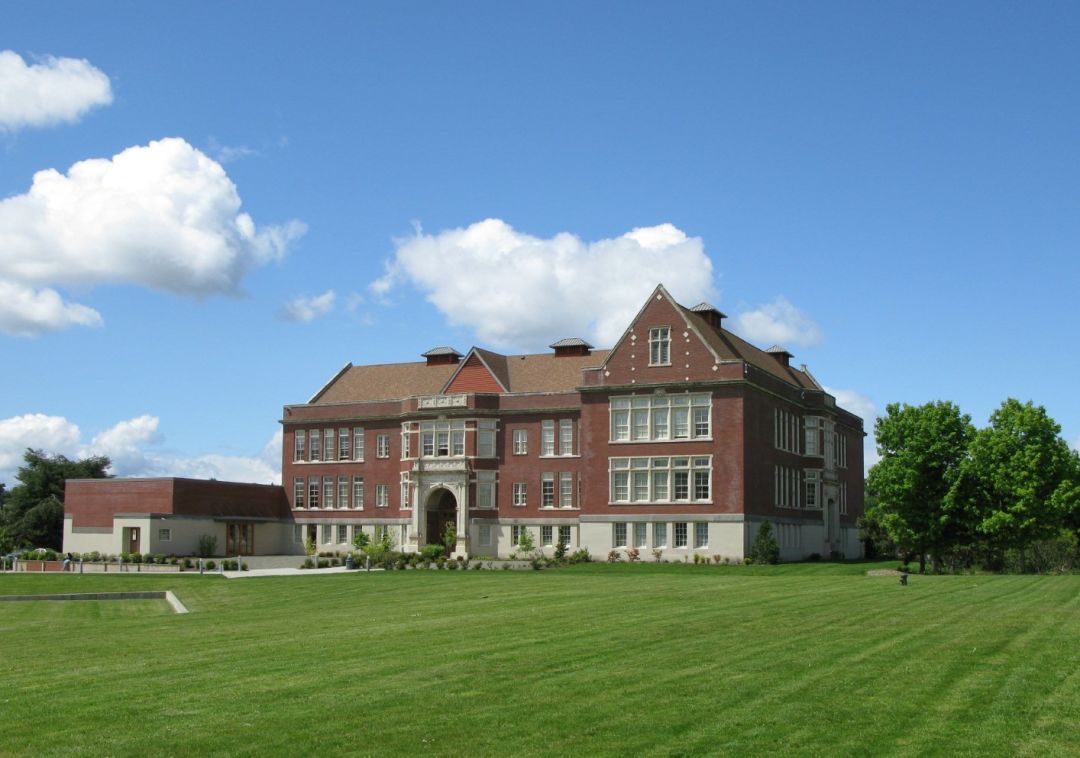
Northwest African American Museum (formerly Colman School).
Image: Rob Ketcherside
1985: Activists bust into Colman School, and stay
On November 25, 1985, between 10 and 20 people scrambled through a broken window into Colman Elementary School, closed earlier that year. To urge the city to create a museum there honoring regional black history and culture, a handful of activists occupied the abandoned building for eight years, until then-mayor Norm Rice got behind the project. After years of wrangling and controversy, the Northwest African American Museum finally opened in the old school, in March 2008.

